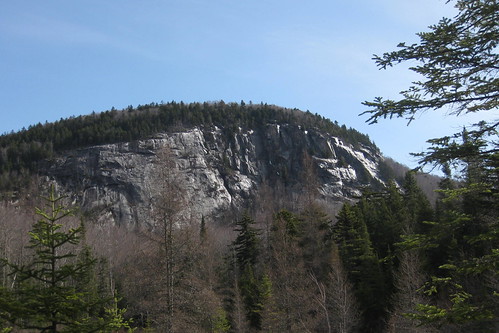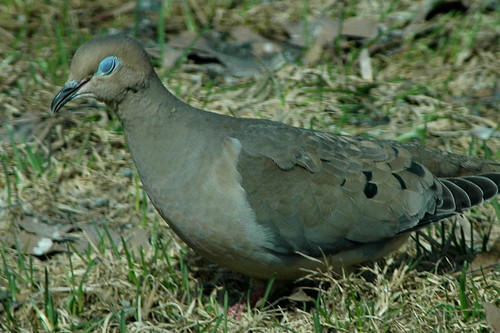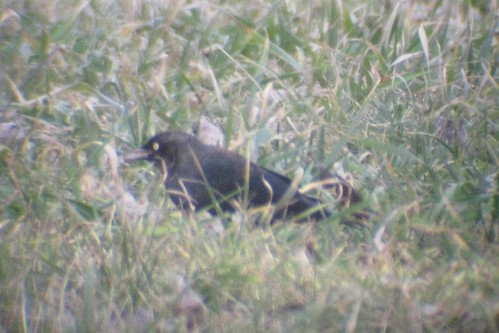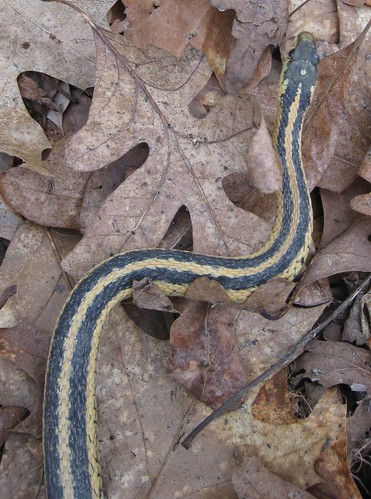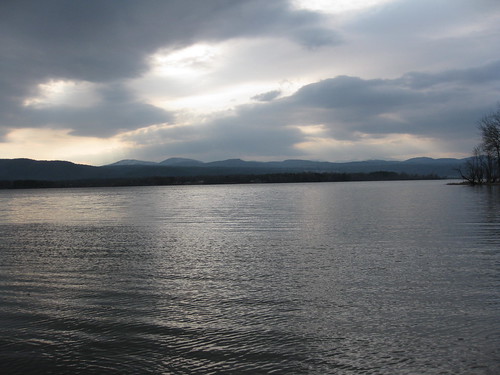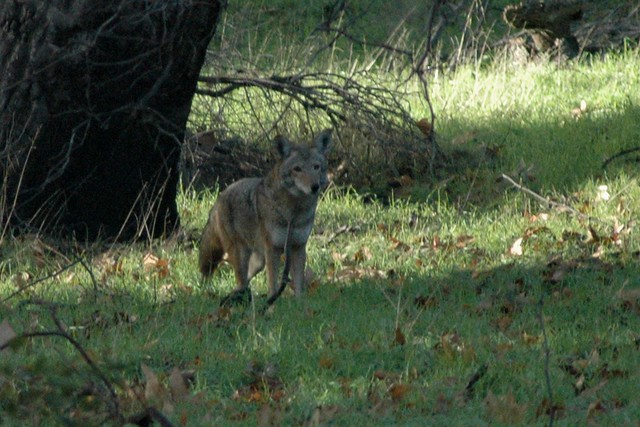
Coyote at Placerita Canyon, Santa Clarita, CA

Black-necked Stilts in the Los Angeles River, Van Nuys, CA
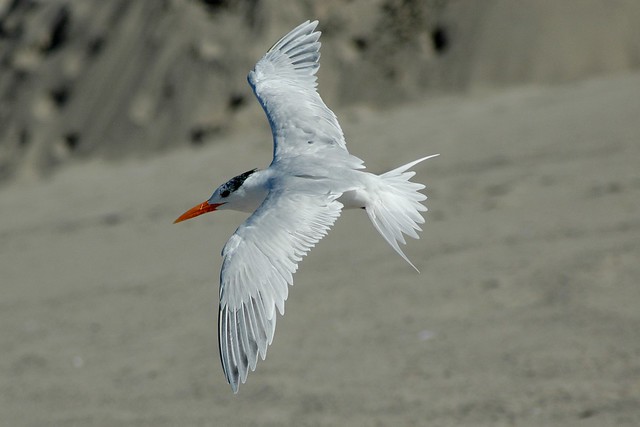
Royal Tern at Zuma Beach, Malibu, CA
More pictures to come...



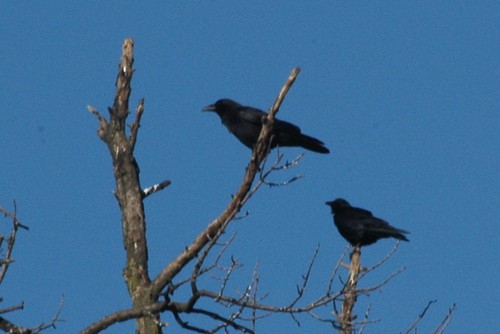
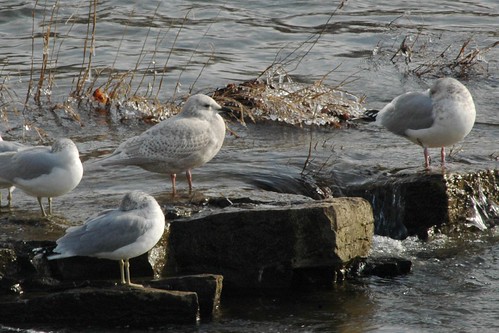


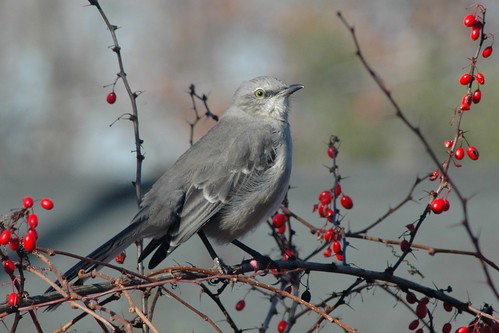

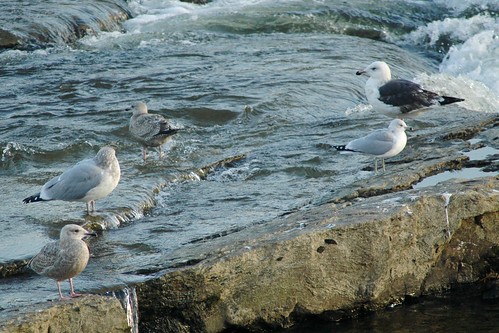
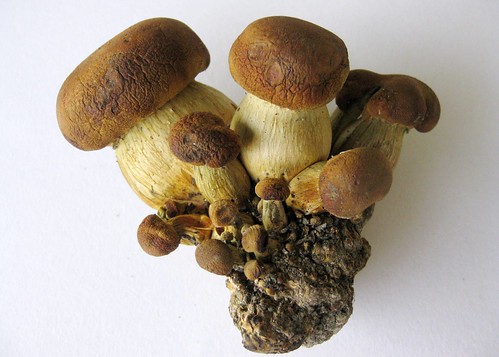
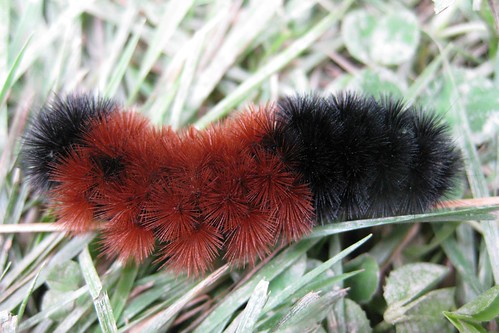
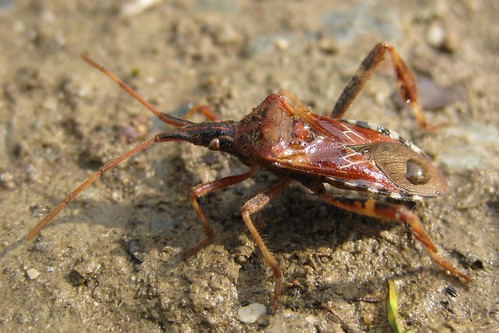

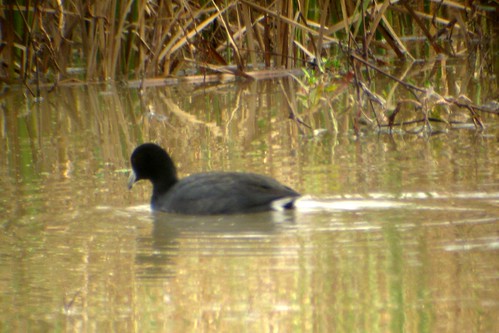
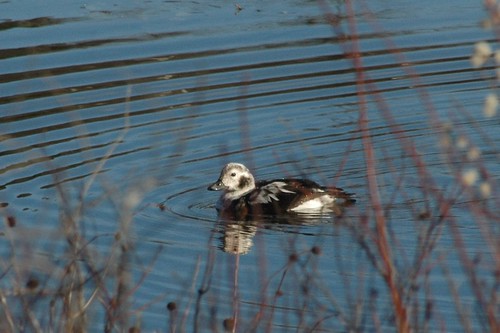

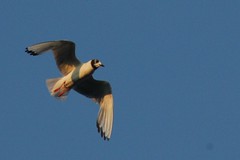
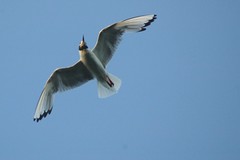 I feel like I have seen large groups of gulls near I-89 in Burlington in past years around this time, and will have to start paying more attention to them!
I feel like I have seen large groups of gulls near I-89 in Burlington in past years around this time, and will have to start paying more attention to them!

 Not much time for updates these days, but I will give a quick warning that turtles are laying eggs this time of year. You're likely to see them on and alongside roads. If you come across a turtle, see if you can find evidence whether or not she has laid eggs yet (is she walking towards the water? away? Is she digging a hole? filling one?). If she hasn't laid eggs yet, bringing her back to the water will do little good. She has to go on land to lay, and this might mean facing danger.
Not much time for updates these days, but I will give a quick warning that turtles are laying eggs this time of year. You're likely to see them on and alongside roads. If you come across a turtle, see if you can find evidence whether or not she has laid eggs yet (is she walking towards the water? away? Is she digging a hole? filling one?). If she hasn't laid eggs yet, bringing her back to the water will do little good. She has to go on land to lay, and this might mean facing danger. 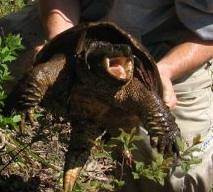 If she has laid, moving her to out of harms way is a good idea. There's no easy way to move a large, female snapper. You can grab her with a hand on each side of her carapace (top shell) just above her hind legs. Be careful, as her neck is long and can snap backwards a considerable distance. Also beware that her claws are long and sharp, and without protective hand wear, she can easily draw blood.
If she has laid, moving her to out of harms way is a good idea. There's no easy way to move a large, female snapper. You can grab her with a hand on each side of her carapace (top shell) just above her hind legs. Be careful, as her neck is long and can snap backwards a considerable distance. Also beware that her claws are long and sharp, and without protective hand wear, she can easily draw blood. 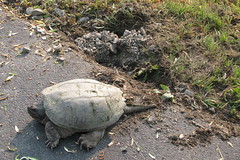 Whatever the situation, if you see a turtle from a car, you may have an opportunity to save her, and her clutch of unborn young from becoming roadkill. Just be careful not to compromise your own safety in the process. Good luck!
Whatever the situation, if you see a turtle from a car, you may have an opportunity to save her, and her clutch of unborn young from becoming roadkill. Just be careful not to compromise your own safety in the process. Good luck!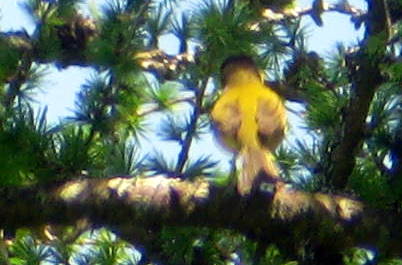
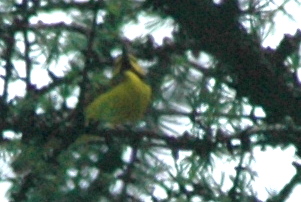

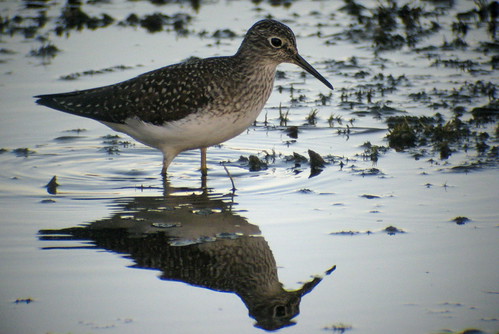

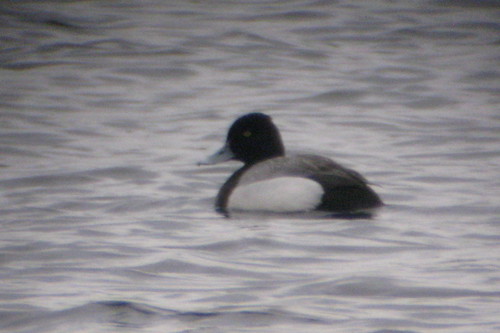
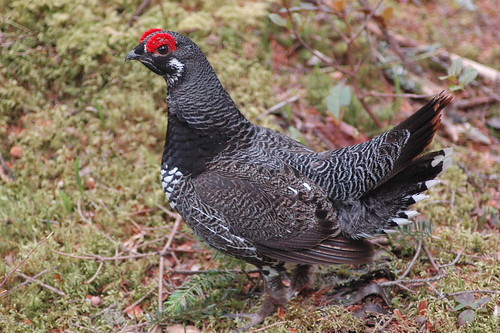
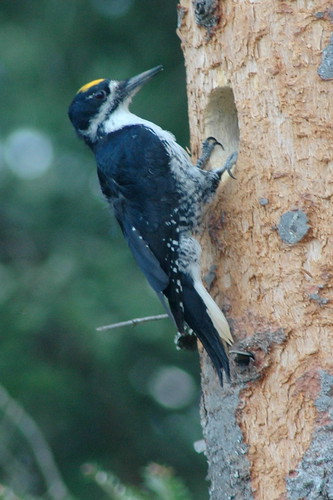
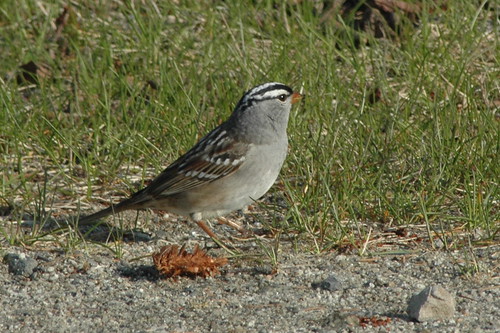

 A host of the early spring flowers were in bloom at the Nature Center today. Blood Root was poking through the leaves by the river, and although I didn't go to check, the Colt's Foot was undoubtedly up by the Stump Dump Road.
A host of the early spring flowers were in bloom at the Nature Center today. Blood Root was poking through the leaves by the river, and although I didn't go to check, the Colt's Foot was undoubtedly up by the Stump Dump Road. 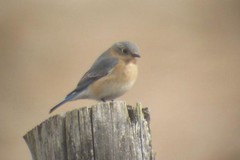
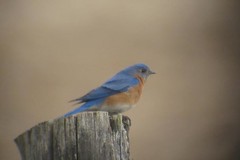 Since I've worked at NBNC, Bluebirds have came each spring to check out the nest boxes and moved on. This year, the male showed up early and was joined on Friday by a female! The two were both observed today, with one bird almost always perched on a favored nest box. At one point, the male (bottom) and female (top) switched spots between a post and the box.
Since I've worked at NBNC, Bluebirds have came each spring to check out the nest boxes and moved on. This year, the male showed up early and was joined on Friday by a female! The two were both observed today, with one bird almost always perched on a favored nest box. At one point, the male (bottom) and female (top) switched spots between a post and the box.